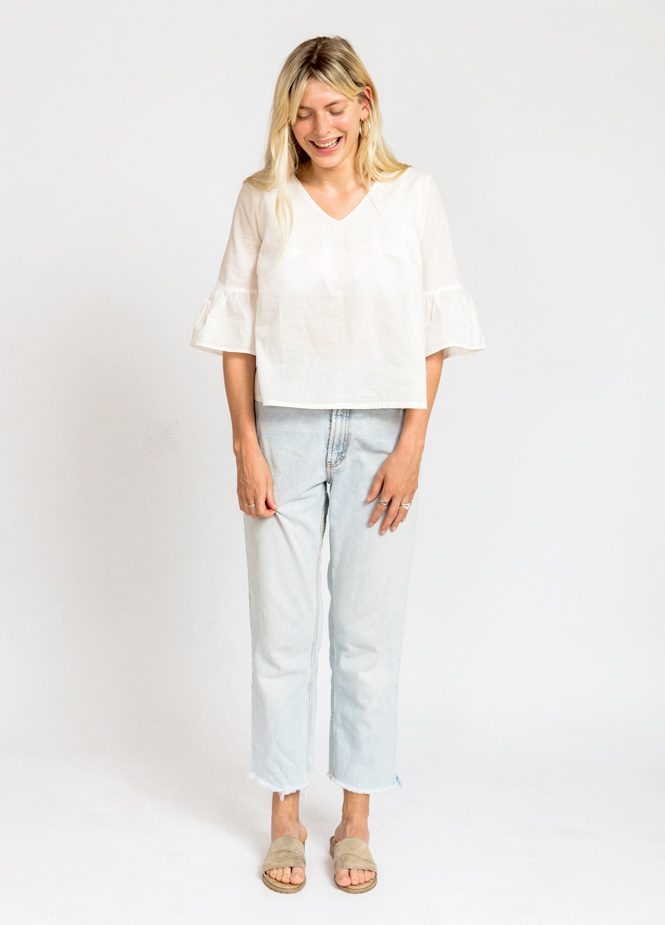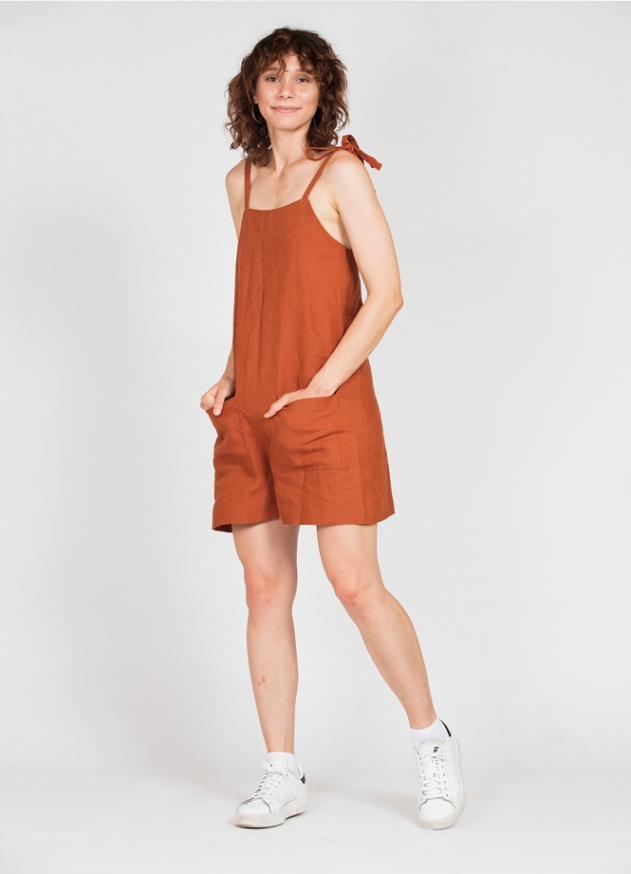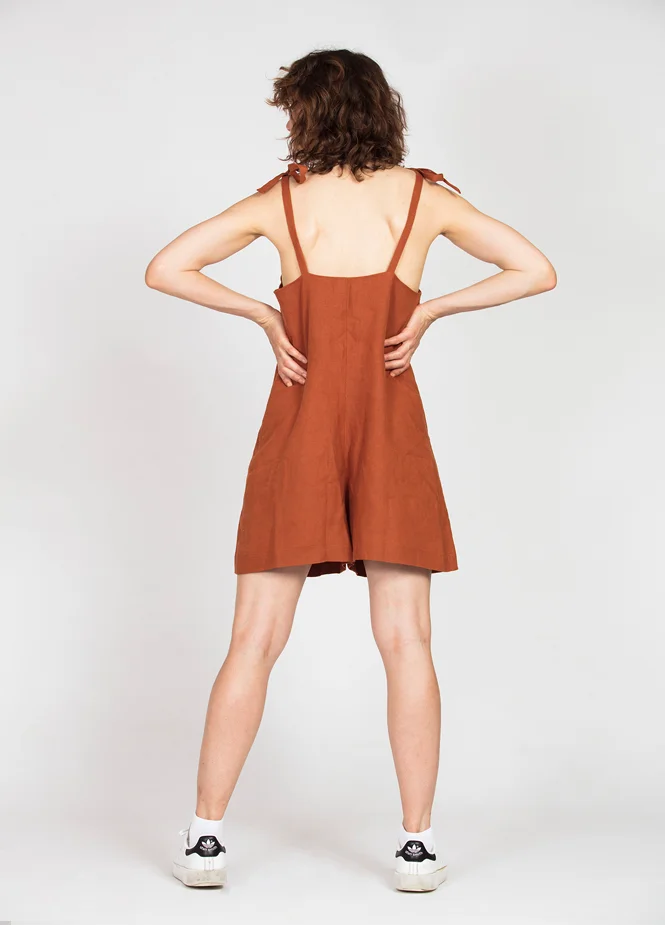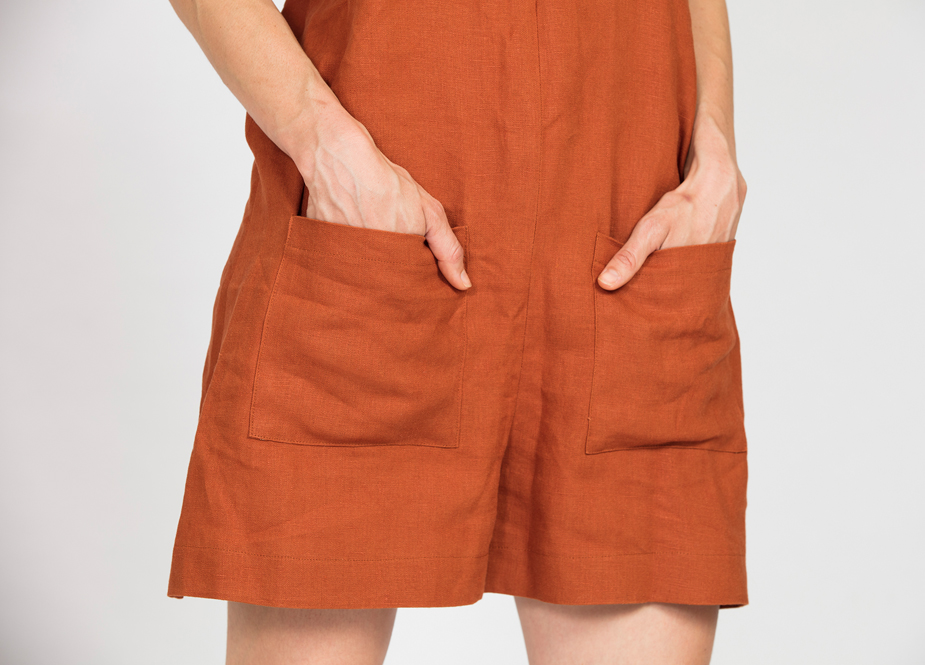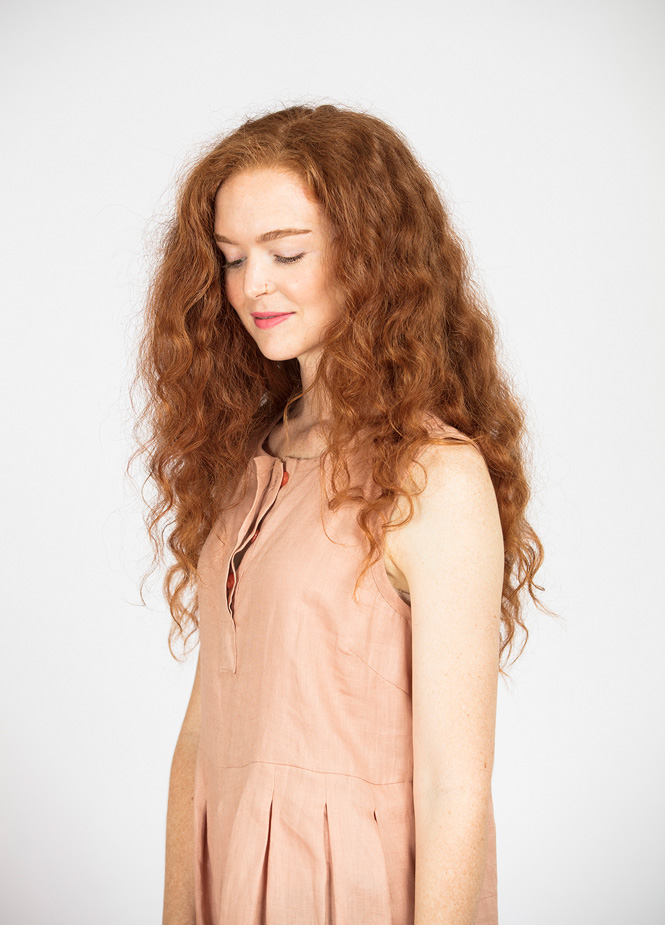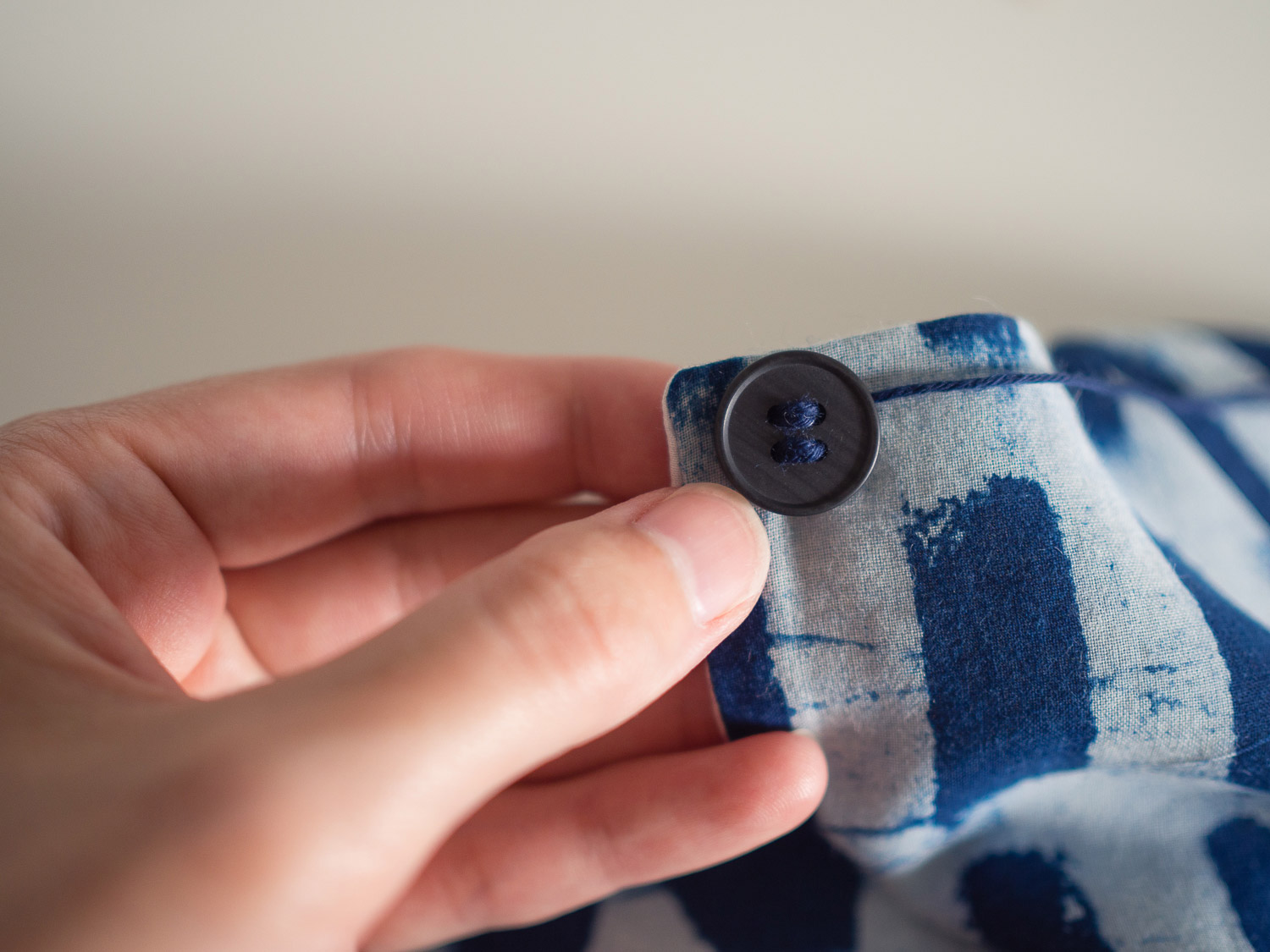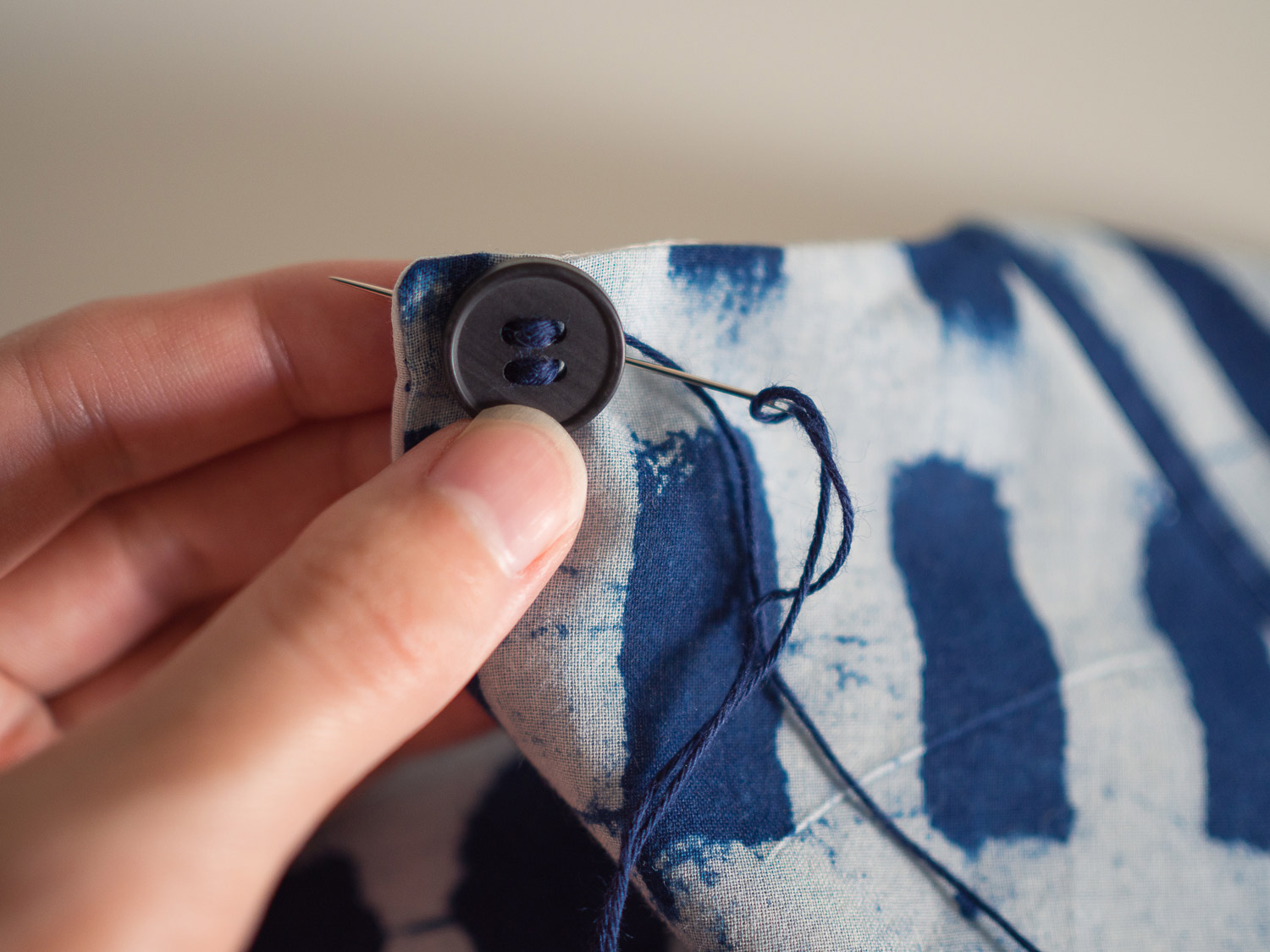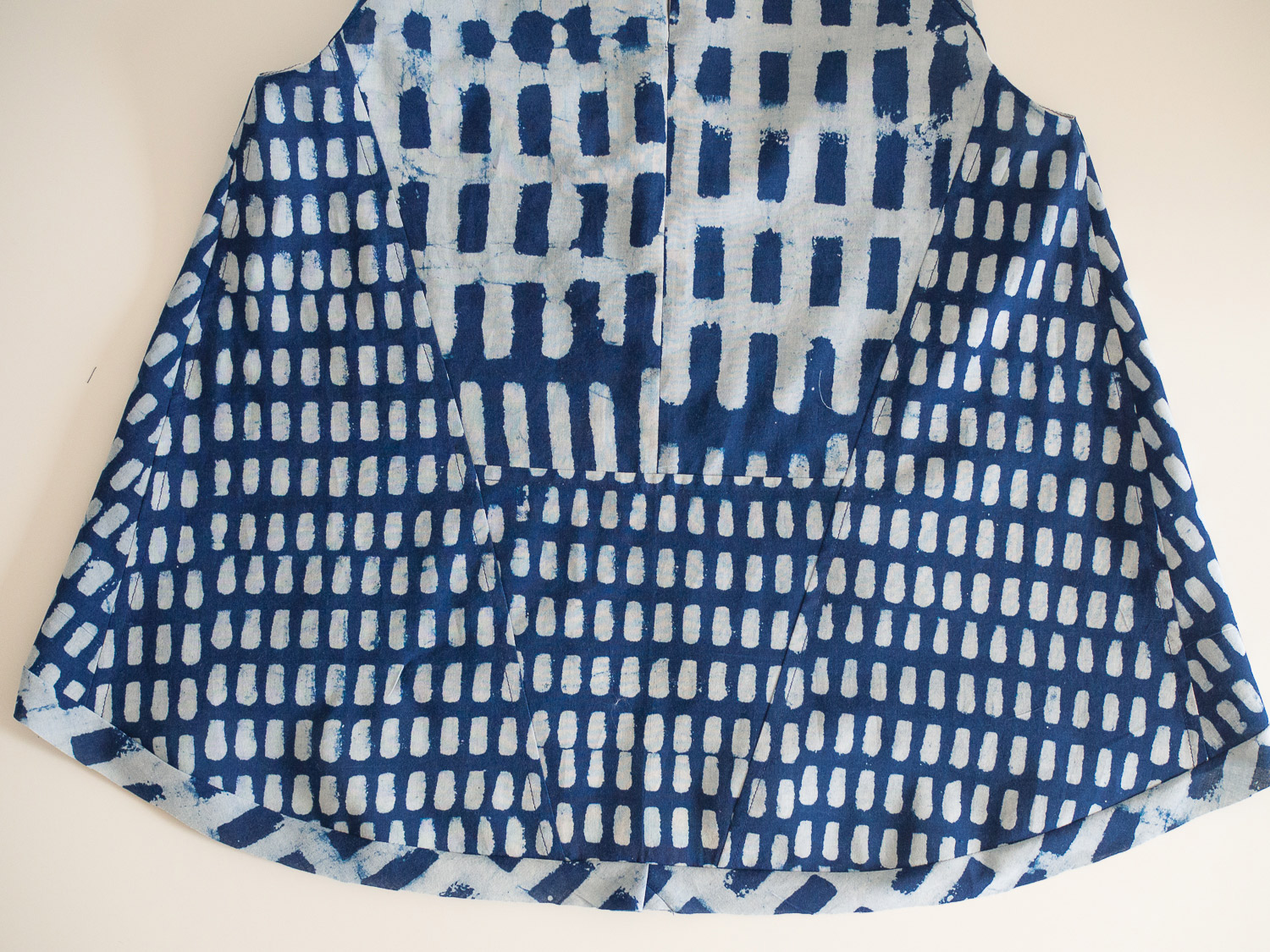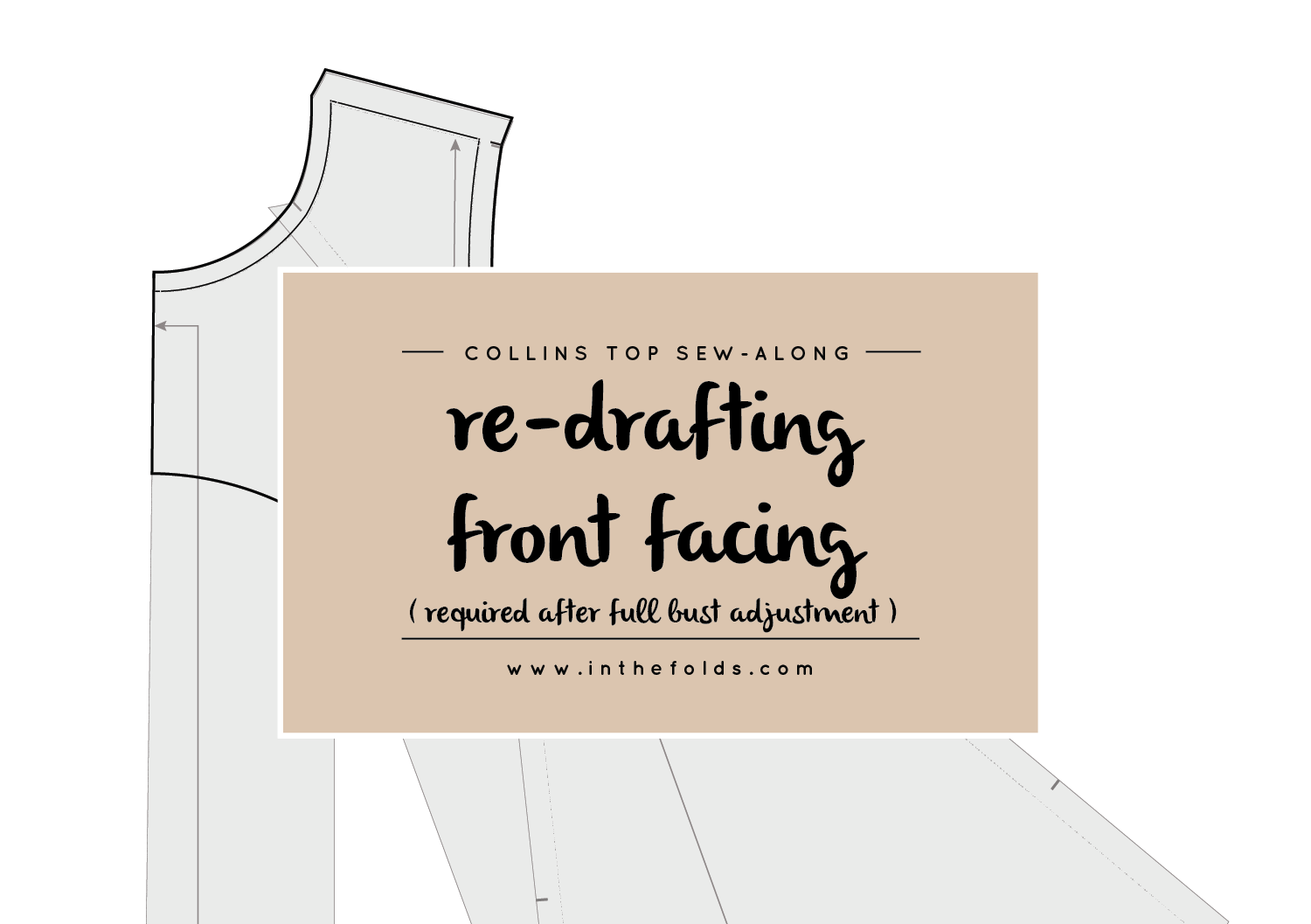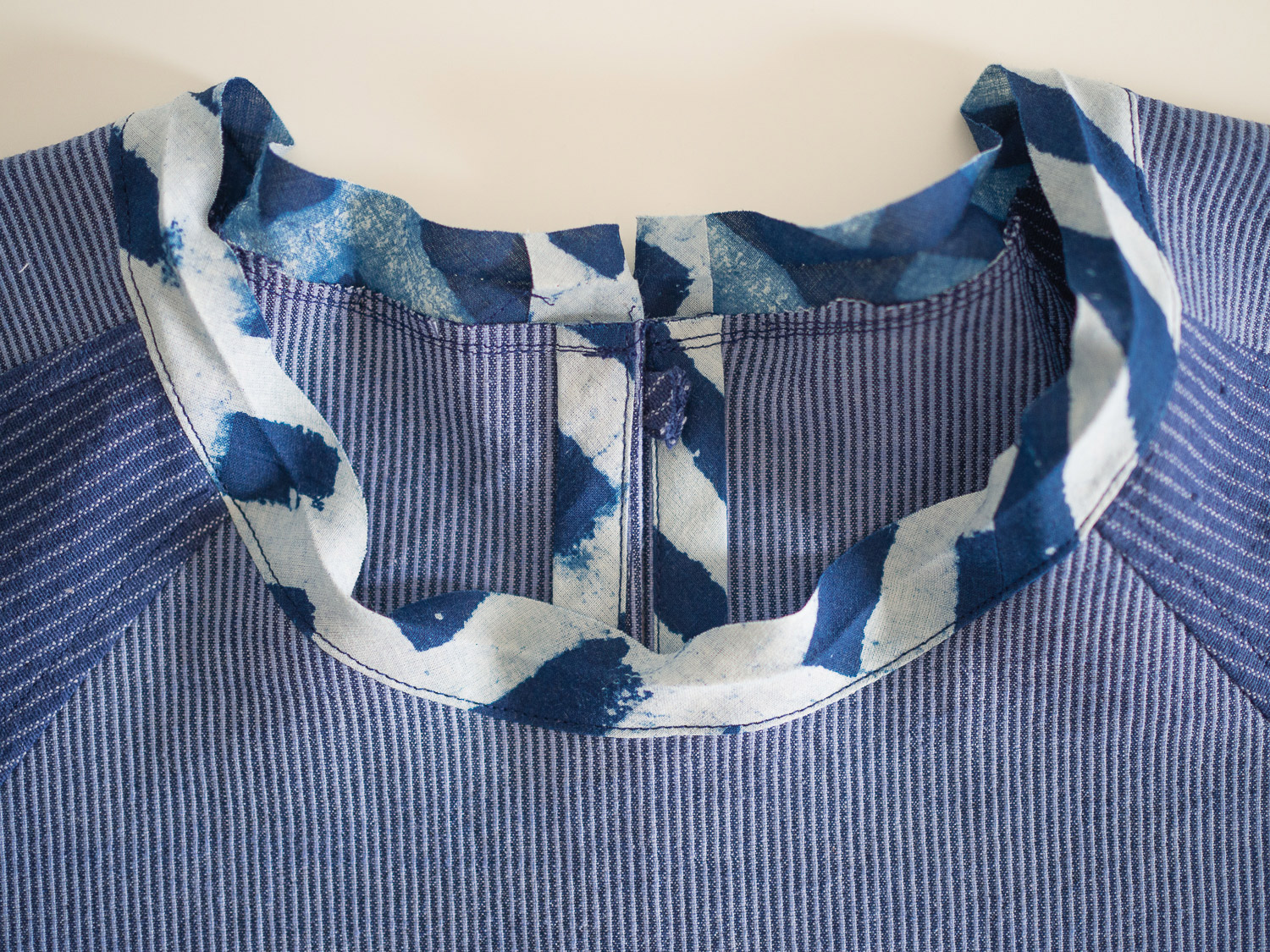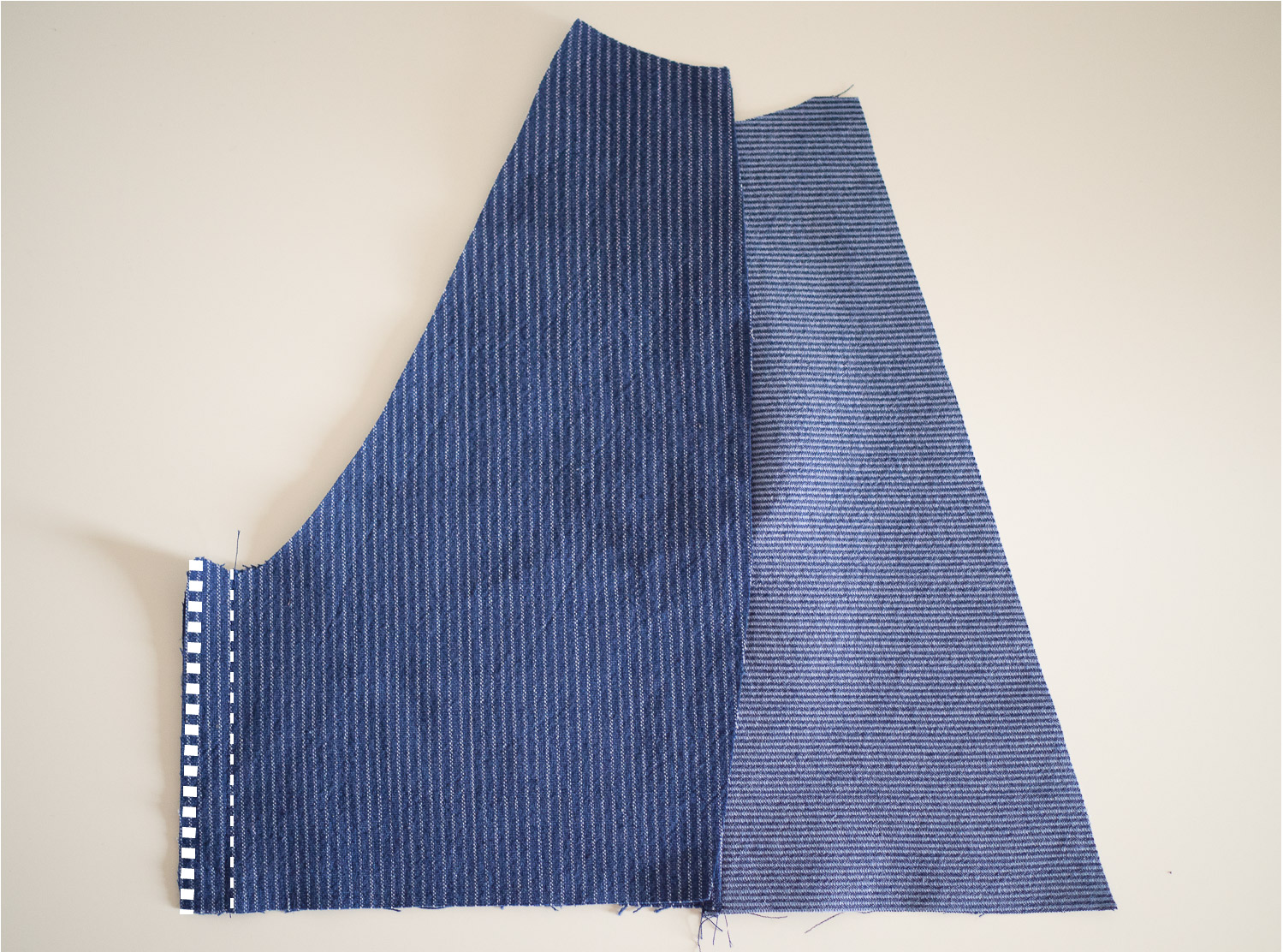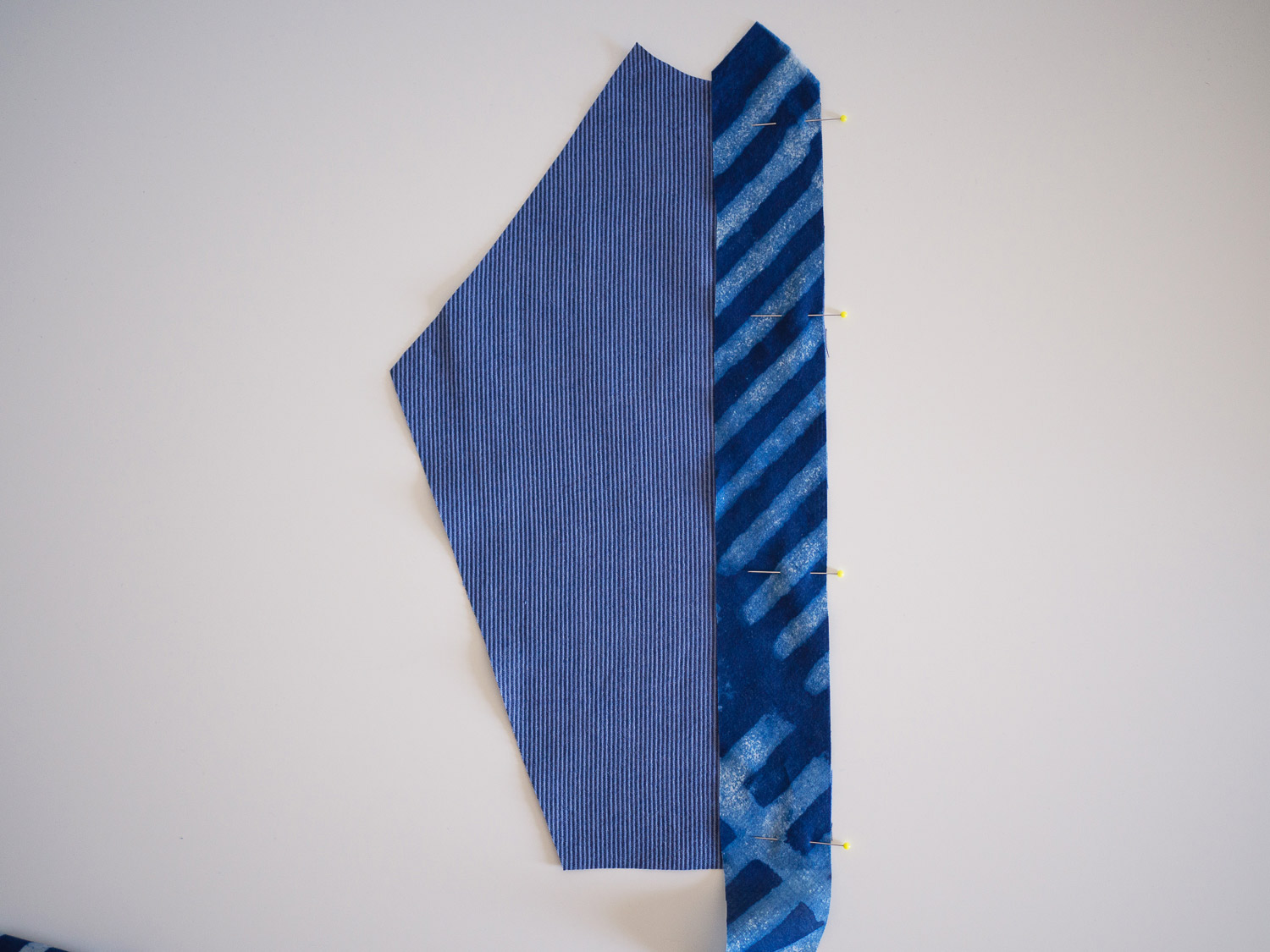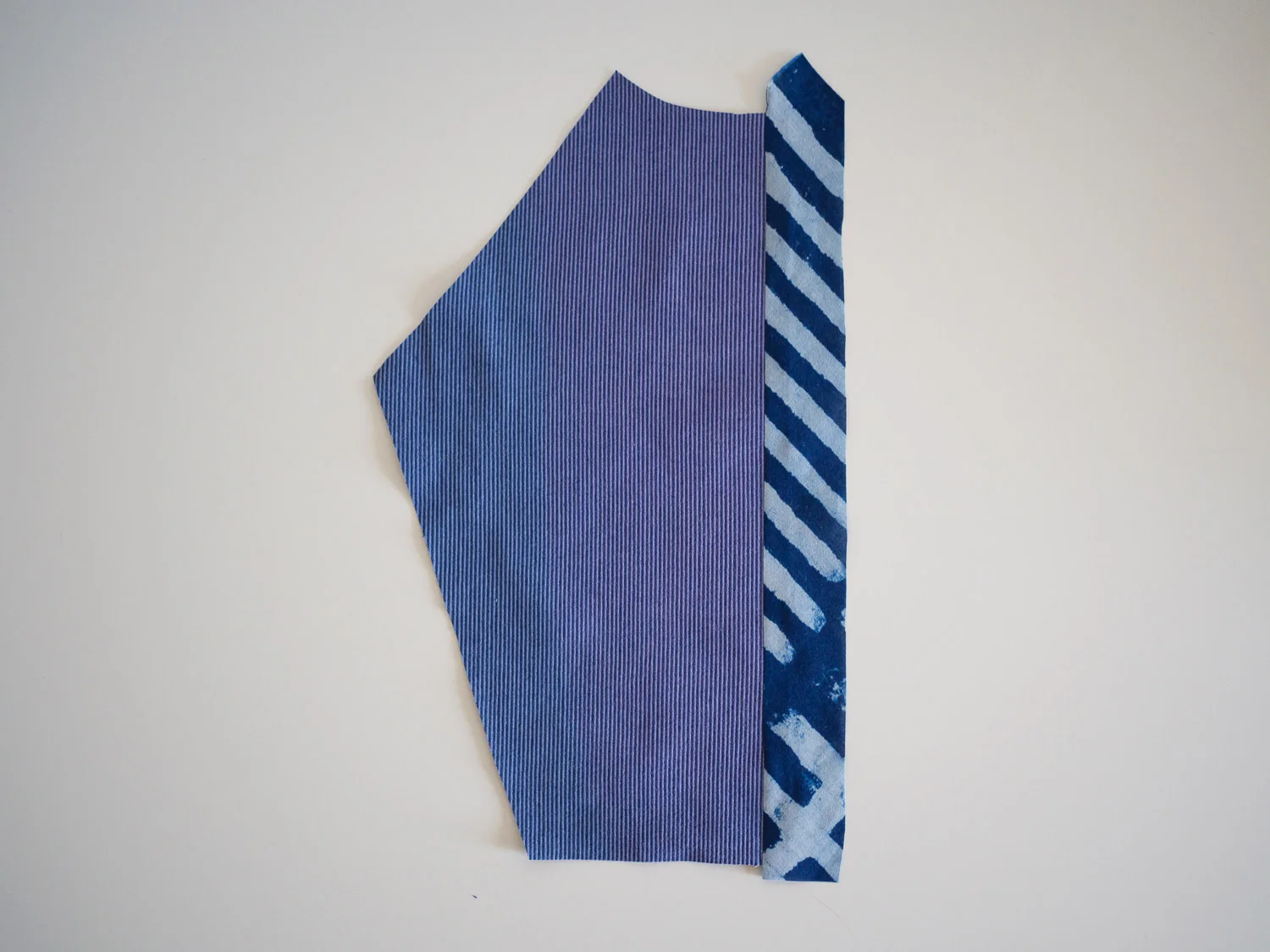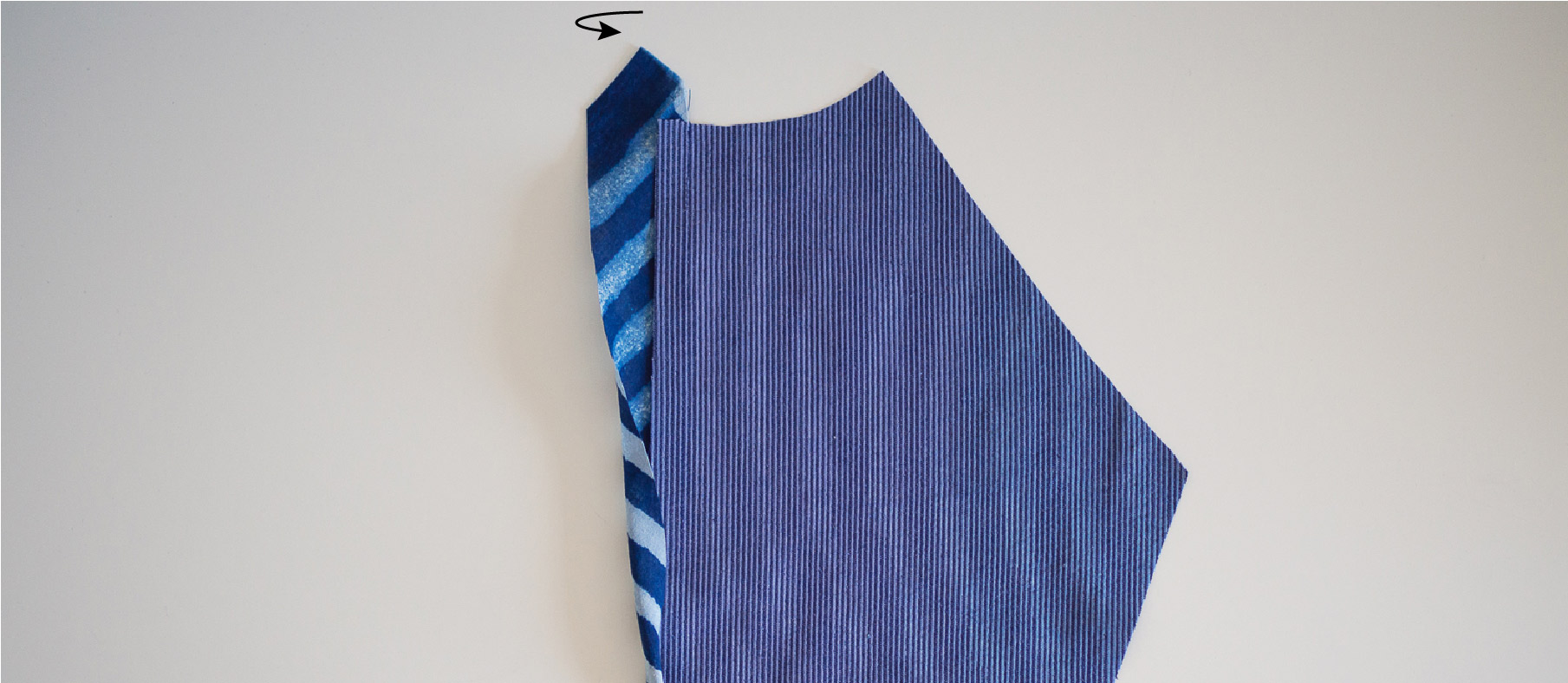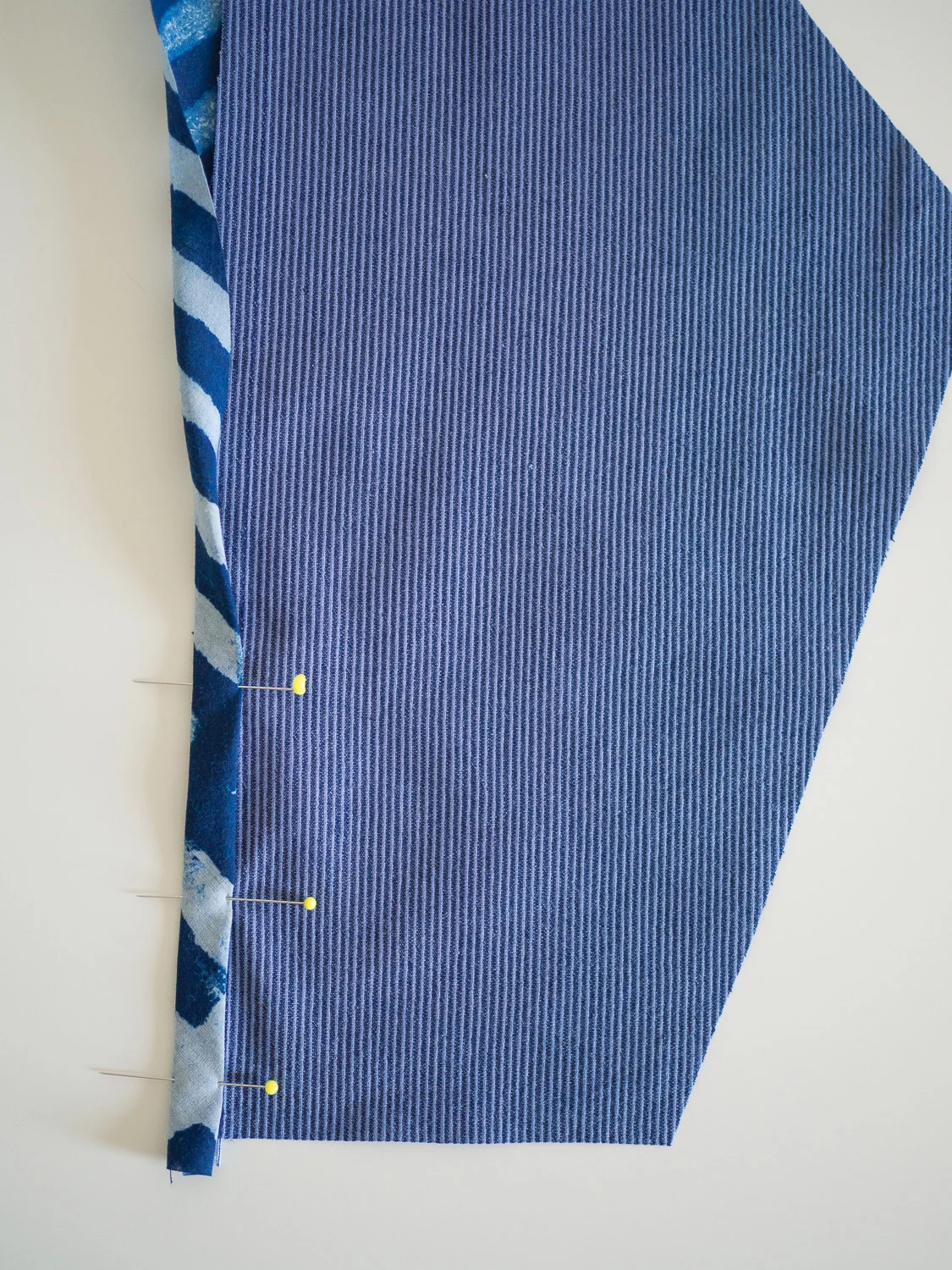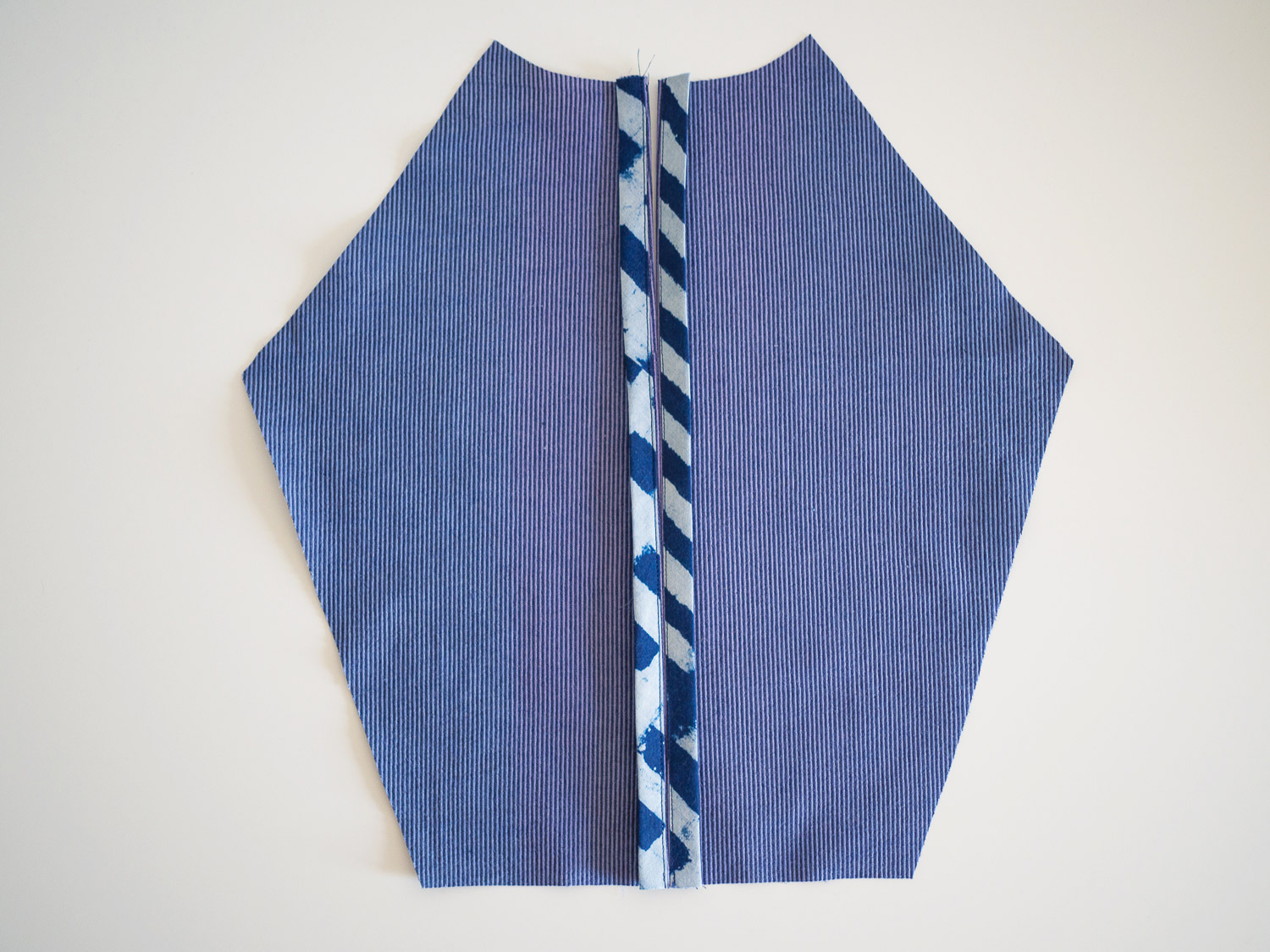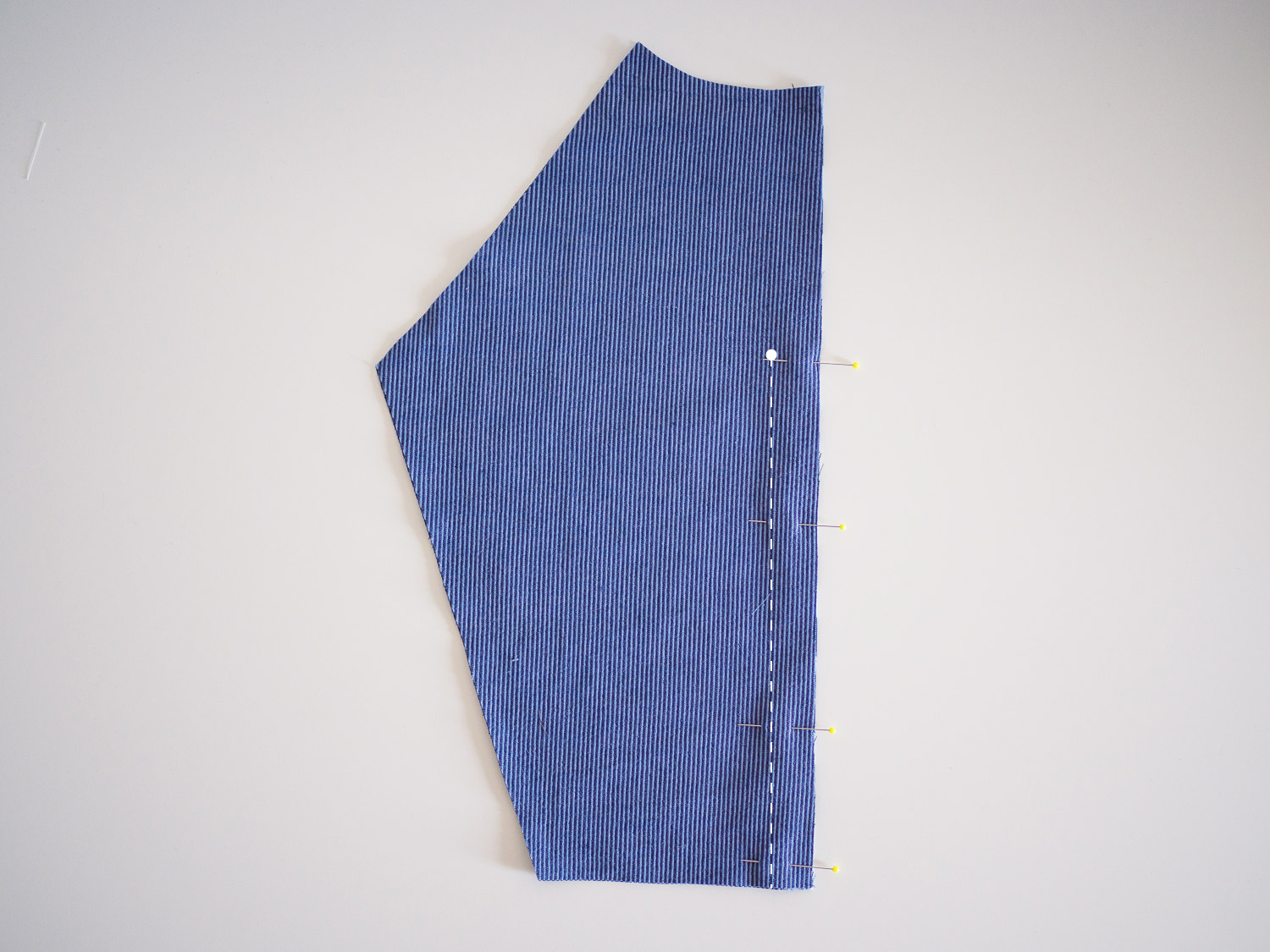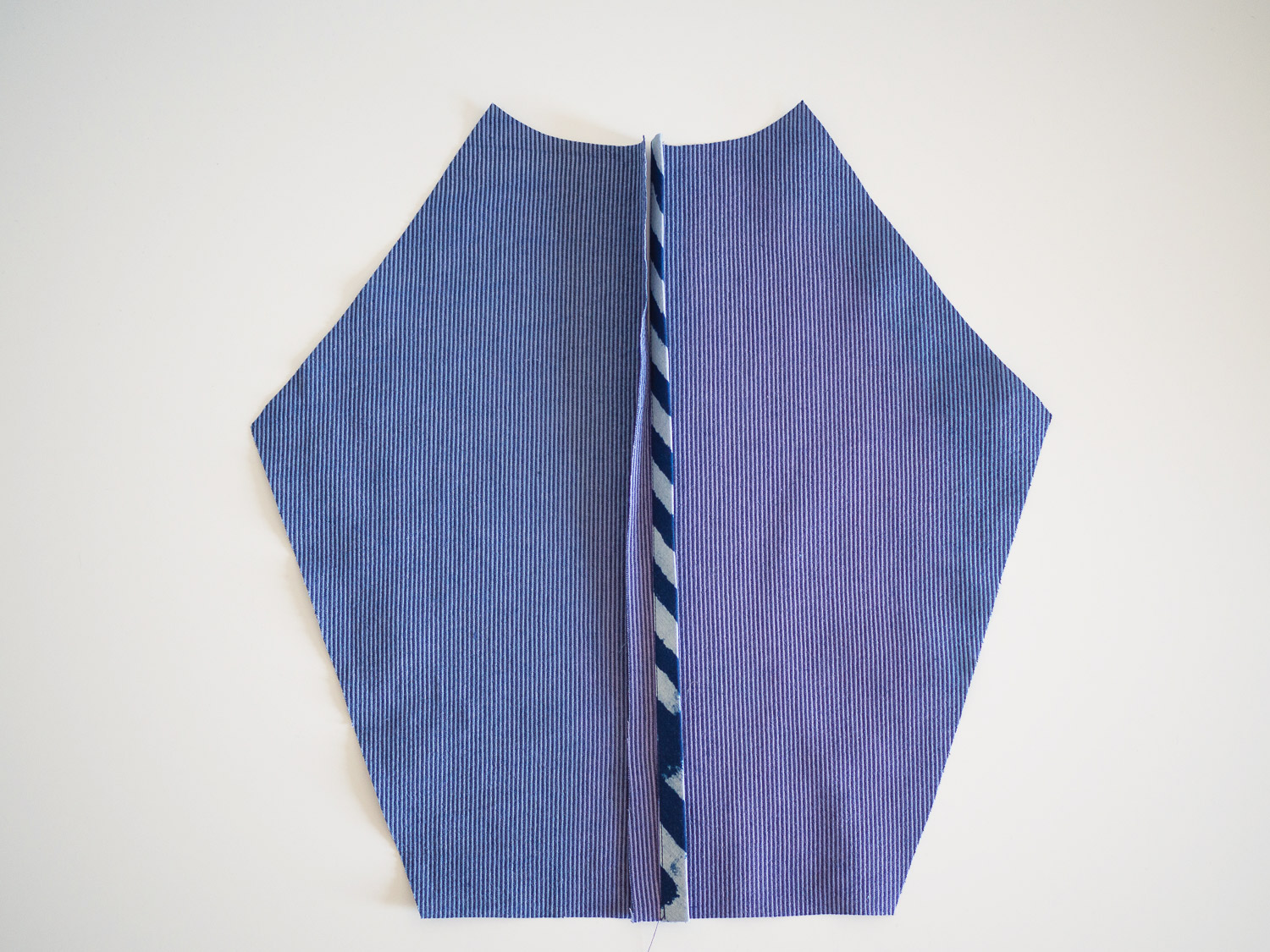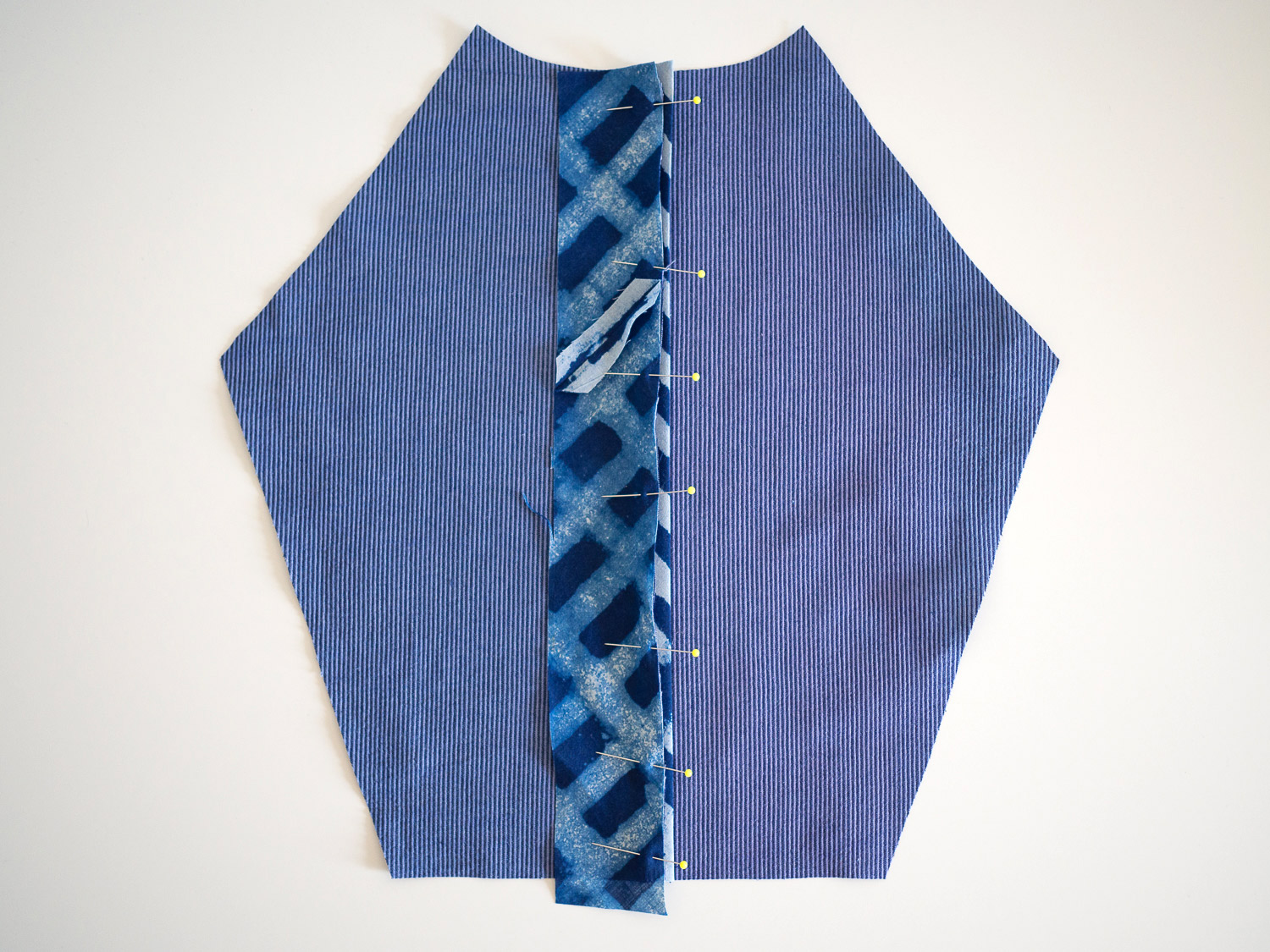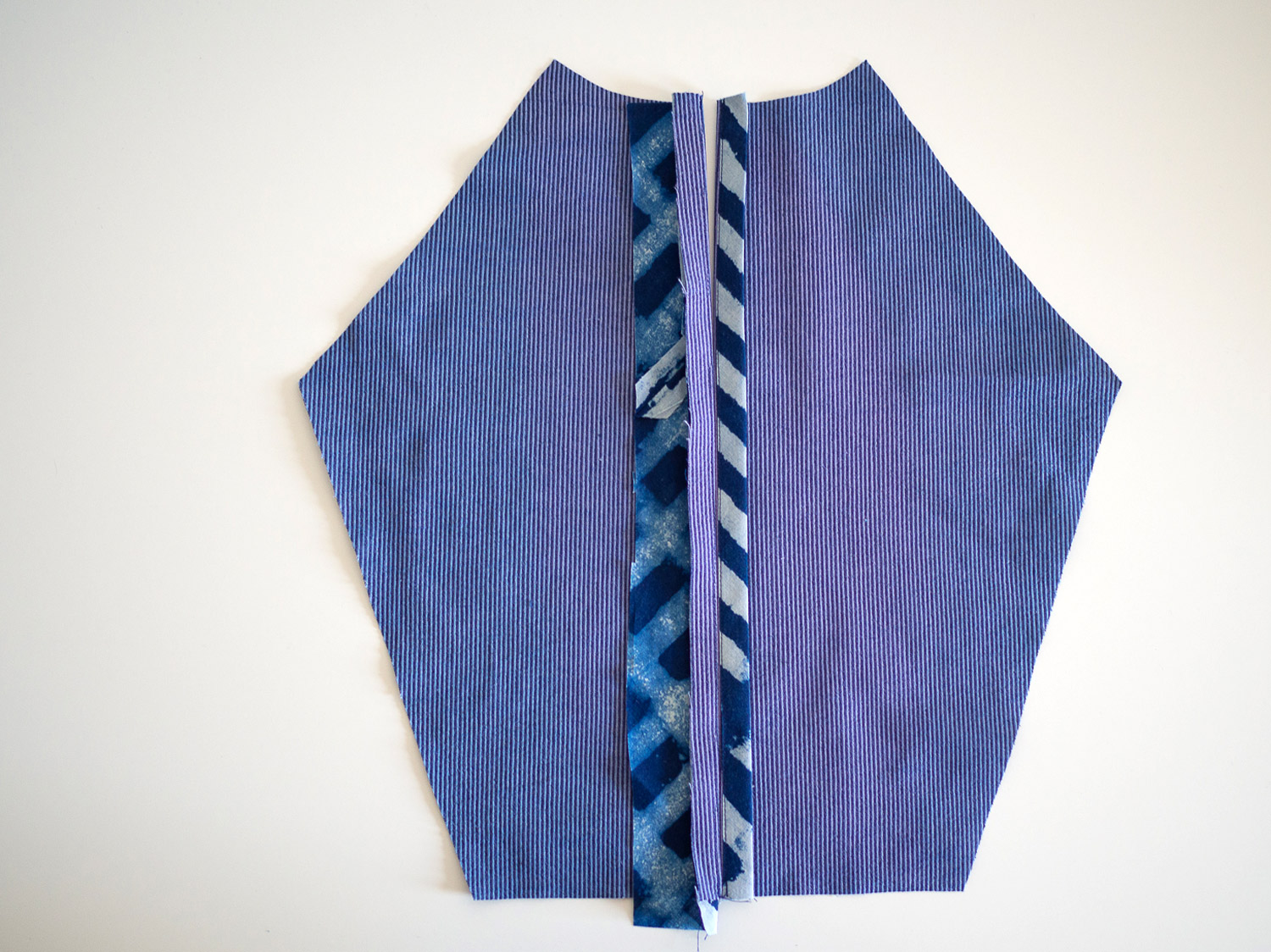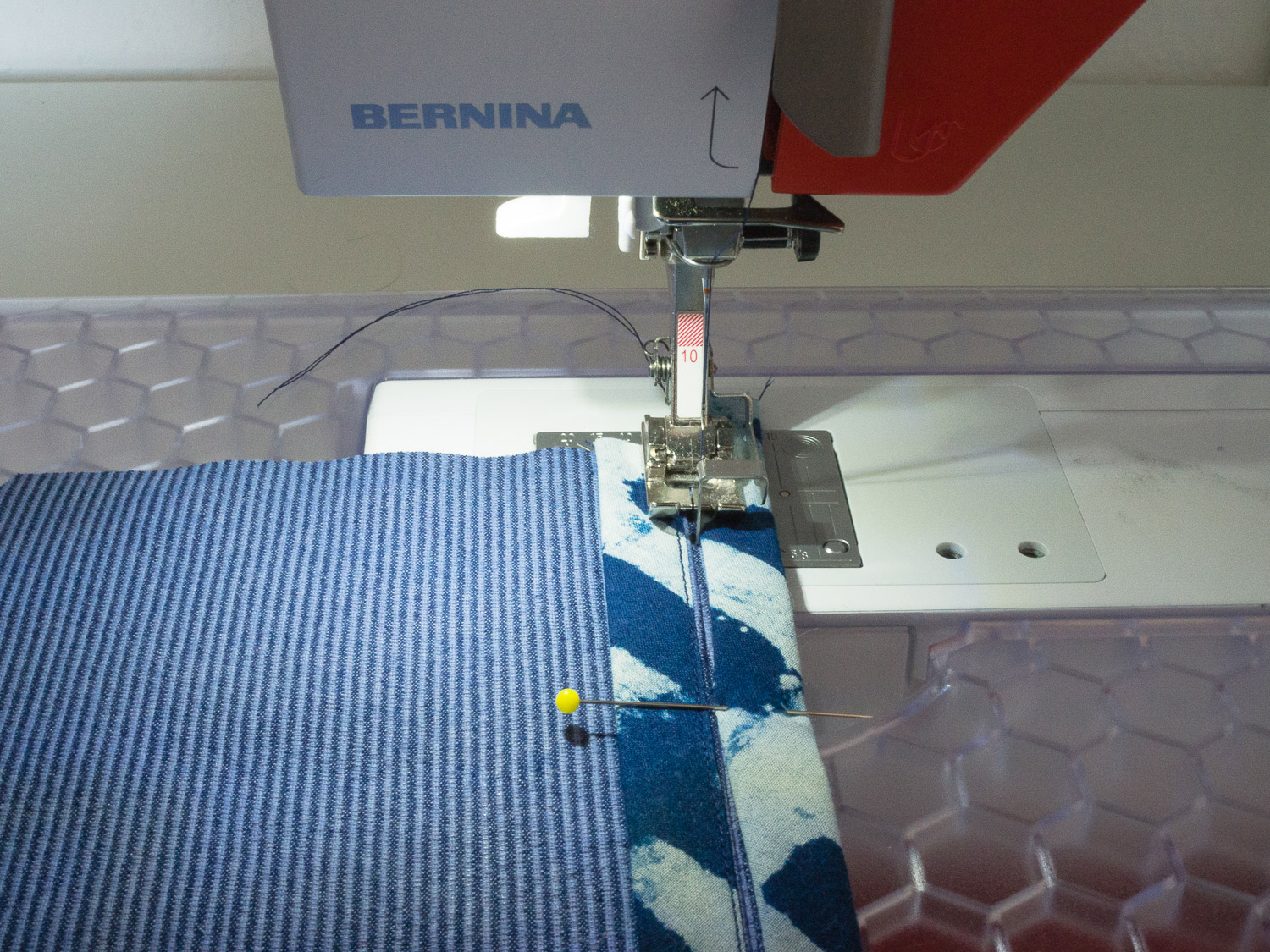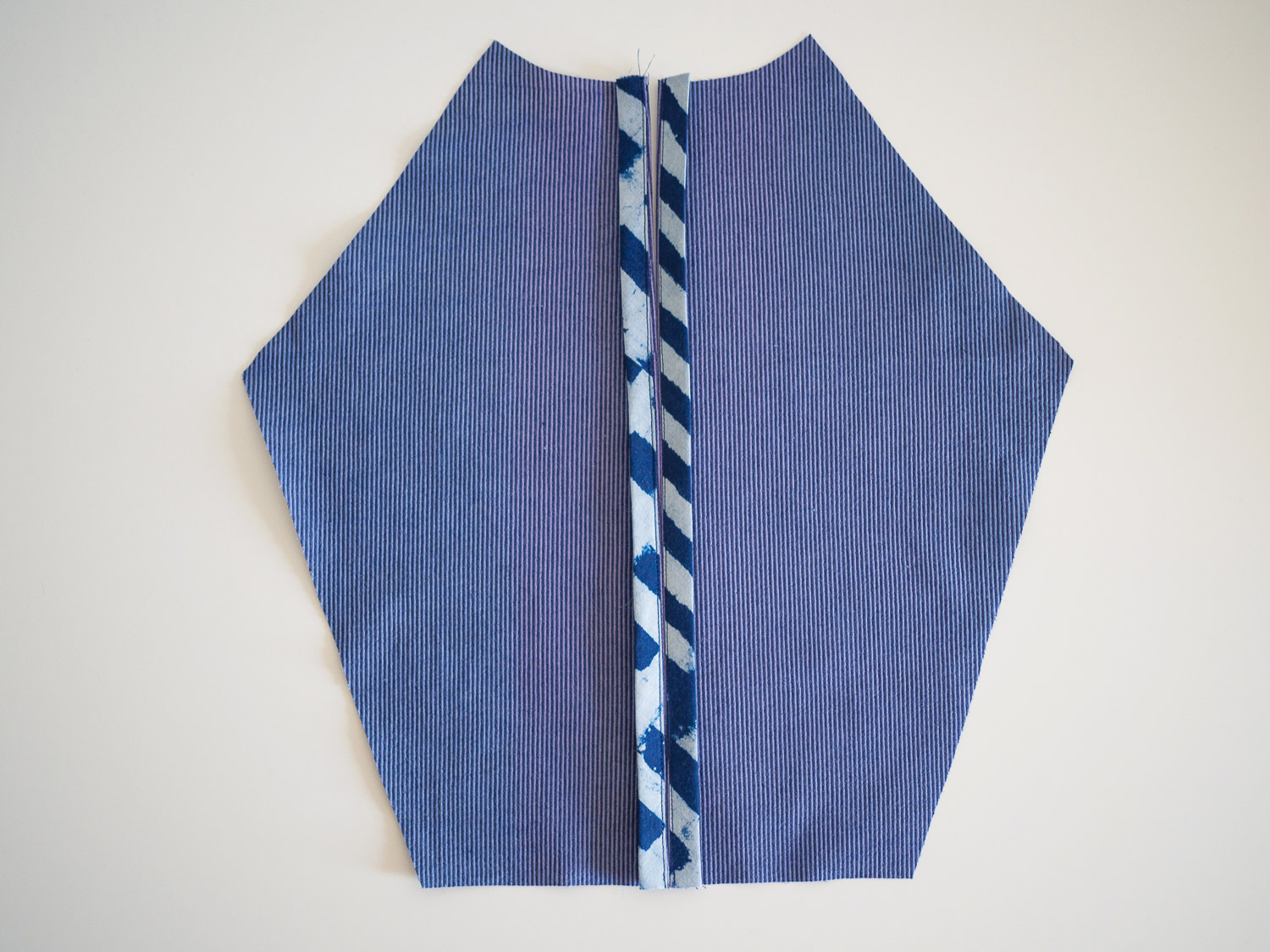I am ecstatic to be here today to release my newest pattern! I know I say this every time, but this has been a very long time in the works.
The story of how they came to be
The Darlow pants were designed in their first incarnation when I was in my final year of university, back in 2011! I was experimenting with the way panels could wrap around the body and could subvert the shapes and details of traditional clothing shapes.
When I started In the Folds, I kept thinking back to those pants and wondering if there was a way to work with the same idea but adapt them to a more commercial design. Although I loved the original design, they were a bit too “high-fashion” (aka bizarre) and I couldn’t imagine them appealing to the masses. I got to work, starting with the original pattern and then diluting the details of the design. There was a lot of volume in the thigh and leg area, so I started by reducing that. My design practice always starts out with a basic idea of what I’d like to make and then involves cutting the pieces, sewing them together, looking at it on the body and then re-working… over and over again. So by starting with the original pattern, I just begun removing some volume and then re-toiling and seeing how it looked on the body. I don’t like to make drastic changes and prefer to slowly change the details - re-toiling and then checking how it looks. I really love this way of working (although it’s very slow) as it means it is totally informed by the shape of the body and how the bodyworks (and feels) in the garment. All this is to say, I have made these pants, in all their many forms, countless times (which is the case for all of the patterns I have released so far). I finally came up with a shape that I was happy with (View A) and that’s when I designed View B. This is generally how I go about designing patterns - I make sure I have one style that I love and then I tweak the design elements to make the alternate view. I really like the challenge of designing within the constraints of the first design. The goal is to bring in new features and new sewing techniques, without the addition of too many new pattern pieces.
When I design patterns, I am always thinking about the skills I would like makers to gain / brush up on by working through the pattern. Although the Darlow pants are far from conventional in look or construction, I did want to teach some of the main techniques used in pant making. For this reason I included a fly front, tailored waistband and pockets (in-seam on both styles and patch pockets on View A and welt pockets on View B). I spent a lot of time making sure the instructions for the fly front and welt pocket were spot on. I know a lot of sewists are daunted by these two things, so I wanted the instructions to be crystal clear so that makers could understand the process and not feel overwhelmed by them. Although this pattern is a little trickier than my previous releases, it is a skill builder and I know you are going to feel really satisfied when you finish sewing them!
The details
So now that you know how I went about designing the Darlow pants, I would love to introduce them to you in more detail!
The pants sit on the natural waist and feature a fly front with concealed zip closure, shaped waistband, in-seam pockets, back pockets and hem facings. The Darlow pants are designed to be quite fitted through the waist and hip, before more volume is added through the leg, for an interesting shape.
View A has slightly more volume through the leg than View B, and features patch pockets, while View B has back welt pockets and panel lines through the back section. Both views comprise a number of interesting shaped panel lines that encourage a unique shape and an interesting experience.
For your reference, the model Marisabel wears a Size F.
The panel lines are no doubt what make this pattern special. They make for an interesting finished pair of pants, but more importantly an interesting making experience for all of you! I like that the panel lines can be as obvious or as subtle as you like, as you can see from the shoot samples - when made in black or white, you can get a sense of the panel lines, without them being the main event. I have illustrated over the photos below so that you can get a better sense of the panel lines and how they work on the body.
I was a bit nervous about sending this pattern out into the world when it was time for testing. It is my most ambitious pattern to date and is slightly riskier in design than my previous releases. I was ecstatic (and relieved) when feedback started rolling in and it wasn’t just me that loved the experience of making these pants! I will be sharing the tester versions of the pattern on the blog next week, so keep your eye out for that!
What the testers said about this pattern:
‘I really felt like I was using my brain and levelling up my sewing skills. I only started sewing this year and the only pants I have made are culottes so it was a challenge but a very satisfying one.’ - Megan
‘This pattern (and In The Folds patterns in general) just irradiates how much thought and detail went into it. I love that the result is a beautiful garment that reminds me to be mindful of the making process and that I will wear for many years… I liked that as I knew I was never going to be able to make them in one day, I took my time and made them in small portions. That way I saved myself a lot of pressure and stress. Also, inserting the fly was the least stressful experience I've had so far when making pants, I think I will stick to this method from now on.’ - Kamilla
‘I enjoyed the process of following the instructions exactly, it was great to let go and follow the processes. Also not knowing exactly what the style was, It was like magical mystery sewing tour… The instructions were great, very clear and easy to follow. Having the pattern pieces numbered made it even more clearer, well done. And all the illustrations were excellent too.’ - Alicia
‘I love the fit of the pants! It's a fun and interesting style. I like how they're nicely fitted through the waist the hips and then have added volume below that. I think it's very flattering, while many other loose pants I've tried look overwhelming… I'm impressed with how well drafted this pattern is! When I cut it out, I was surprised by how many notches there were, but they were SO helpful. Everything fit together beautifully. This pattern seemed so well thought out, planned, and drafted. I was never stuck puzzling over what any instruction meant or how to sew my next step. I really enjoyed making the Darlow pants… The instructions for the welt pocket had a different approach to how I'd sewn them before, but I enjoyed your way. I also LOVED the instructions for the fly. It was easily the best description of how to sewn a fly that I've ever read.’ - Jaya
‘I loved the attention to detail, for example the bound inner waistband and the welt pockets. It was very satisfying seeing them come together over time.’ - Caroline
‘I Loved all your finishing choices...from the traditional fly front, to the welt pockets, bound waistband and hem facing. It felt a bit like I was sewing "couture"... This is definitely not a beginner project. It is, however, a great project to learn or practice skills that are often infrequently used by home sewers...like fly front and welt pockets!’ - Noreen
Would you like to sew along with me?
Last year I tested three patterns (the Darlows and two jackets that will be released later in the year). During testing I get to hang out with other makers online and learn more about them and their sewing journey and I loved every minute of it. After spending so much time working on my own, I just loved these interactions with makers. I know the online sewing community interacts a lot online, but this format felt very different to the way we engage in other spaces (such as Instagram etc.). It is a much more relaxed vibe and people seemed to be more comfortable to share their experiences and ask for help and advice than in other contexts. It got me thinking that I would love to have this experience more often and to be able to share it with more people.
Because of this, I thought it would be fun to create an online group so that we can sew our Darlow pants together! The sew-along will be a workspace on Slack and will run for 3 weeks from Friday February 22 - Friday March 15. Places will be limited, so if you’re interested please purchase the pattern as soon as you can and sign-up for the sew-along (you will receive an email with a link to this after purchase). I will give you a few days to get the pattern printed, organise your fabric and read through the instructions and then we will get started on Friday February 22.
In the first week we’ll introduce ourselves and support each other to pick a size and make a toile. I will also do my best to connect people to others in the group with similar fitting concerns so we can work through our pattern adjustments together in week 2. In week 3 it will be time to get sewing! I will be in the group to offer feedback and advice and will pop links to tutorials etc. that will help along the way. One of the other things I love about pattern testing is the way we all come together to help each other and solve each others problems. My dream is that this works really well and I’ll be able to offer online sew-alongs for my other patterns - both new and old!
I hope you are as excited about the Darlow pants pattern as I am!


















